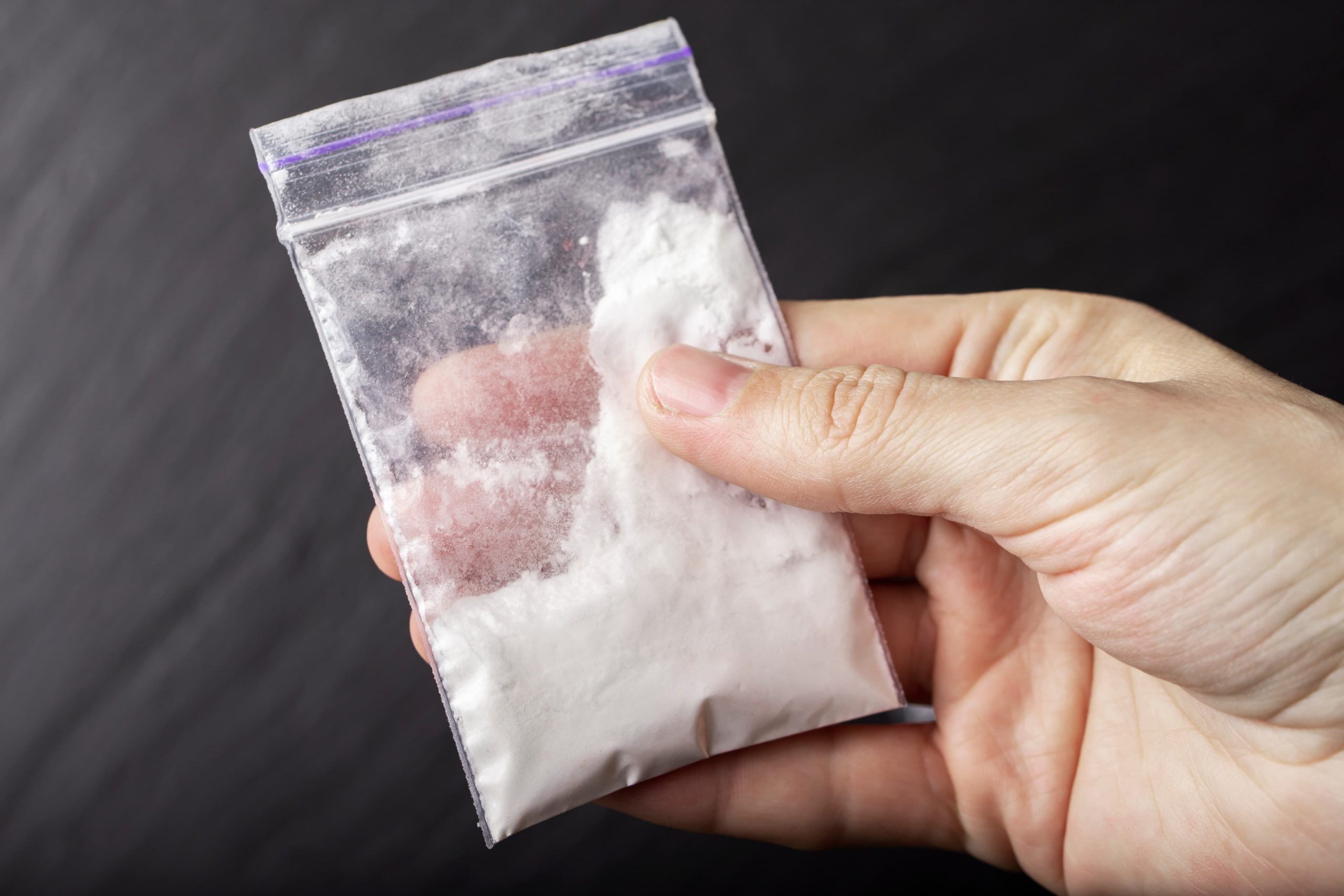Treatment for Methamphetamine Addiction
Methamphetamine is also known as meth, speed, ice, blue, crystal, and goes by many other terms. This substance is potent and addictive. It creates a similar high as cocaine, but it lasts for much longer. It takes the shape of a white, bitter-tasting, odorless crystalline powder that can easily be dissolved in alcohol or water. It can be swallowed, snorted, smoked, or injected. Methamphetamines can increase talkativeness, activity, decrease appetite, and can produce a sense of well-being and euphoria that can instantly hook people to it.
Because meth is so cheap, easy to make, and readily available, many treatment centers are overwhelmed with individuals who have become addicted to the increased energy levels and feelings of invincibility that the drug produces. Because of the many positive feelings produced by methamphetamine use, clinical intervention is often the first step in meth addiction treatment and recovery.

The Signs and Symptoms of Methamphetamine Use
Methamphetamines can take a large physical and psychological toll on the body and the rest of one’s life. Some view it as one of the most dangerous drugs on the market. Several warning signs, symptoms, and consequences accompany the use of methamphetamines.
Loss Of Interest In Life
Like most addictions, an individual struggling with substance abuse loses interest in other areas of their life that were once important to them. This includes their work, career goals, relationships, hobbies, and health; all take a back seat to get and using meth. When one first starts to use meth, they may try to hide it, but the longer they use it, the more active a role it takes in their life. Meth changes how one feels and thinks and can change from a recreational drug to one’s major life priority in a short amount of time.
Behavioral And Physical Symptoms
There many physical and behavioral symptoms that accompany meth use, including hyperactivity, paranoia, twitching, jerky movements, facial ticks, dilated pupils, rapid eye movement, skin sores, sudden and noticeable weight loss, extreme weight loss, reduced appetite, burns particularly on the fingers and lips, rotting teeth, erratic sleep patterns, agitation, mood swings, and outbursts.
“Tweaking”
Tweaking is a long period of time, usually 3-15 days of anxiety and insomnia. This often occurs when the person can no longer achieve a high or rush any longer at the end of a drug binge. The extended use of the drug has depleted the body. Tweaking can have psychological consequences, including irritability, confusion, paranoia, and a desperate need to use again. Those in this phase of their drug addiction are prone to violent behavior and may experience paranoia and hallucinations.
The Crash
This phase of methamphetamine use is when someone is deprived of the dopamine the meth was previously supplying, which causes extreme exhaustion. A crash can last from 1-3 days and is characterized by extended periods of sleep, depression, and intense drug cravings.
Long Term Consequences
Long-term abuse of methamphetamines can result in several negative consequences on top of the devastating effects of addiction. There are changes in brain structure and function that impact memory, motor skills and create deficits in ones thinking. One’s overall brain health and physical and mental health will deteriorate, resulting in mood disorders, psychosis, and aggressive and violent behavior—severe dental problems along with damage to one’s internal organs. Methamphetamine use is also linked to an increased chance of getting hepatitis, HIV/AID, Parkinson’s, and other related disorders and diseases.


What Are Methamphetamines?
Methamphetamines were developed in the early 20th century connected to amphetamines that were originally used for nasal decongestants and bronchial inhalers. It is classified as a Schedule II stimulant in the USA, which means it can still be medically prescribed. It is medically used to treat attention deficit hyperactivity disorder (ADHD). Using it illegally could be self-medicating as it could help with their possibly undiagnosed ADHD symptoms. Although the amount prescribed is far lower than was is being misused. Methamphetamines have also been used in short-term weight loss treatments.


Meth is Dangerous
and Highly Addictive
Methamphetamine dangers: extremely popular and incredibly dangerous, largely because of the chemicals that go into the drug. The major components are ephedrine and amphetamines mixed with other chemicals and substances, such as drain cleaner, antifreeze, battery acid, and lamp fuel. But not only is meth full of poisons, but it also creates a high and desire to binge that can last several weeks, resulting in life-threatening dehydration, malnutrition, and weight loss.
An addict who reaches the tweaking phase, which comes at the end of a binge, is faced with feelings of emptiness and cravings, cannot sleep, experiences hallucinations and delusions, can dissociate from reality, and can become psychotic and violent.
On top of poisoning your mind and body with toxic doses of chemicals, abuse also affects your social and personal life and can result in problems at work and school, being evicted, and losing all your friends. When addicts hit rock bottom and realize they’ve lost everything, they often turn to meth addiction treatment centers to regain control.
If you find yourself at this stage of your addiction, your best chances of success are seeking help from a meth addiction treatment facility with the knowledge and experience you need to kick the habit and reclaim your health and life.

Methamphetamine addiction
When assessing someone for meth addiction, it’s important to look at several factors and ask some serious questions, such as:
-
- Are the person’s relationships failing because of meth use?
- Has the person lost his or her job or been kicked out of school because of meth?
- How much time and money does the person spend trying to obtain the drug, and is it causing financial difficulties?
- Has the person had run-ins with the law because of meth?
- Does the person understand the consequences of abuse and continue to use it?

Methamphetamine Detox, Withdrawal, and Recovery
Treatment for meth addiction starts with drug detox, moves into withdrawal, and ends with successful and long-term recovery with the proper program. The detox period, in which the body is allowed to flush the drug from its system, is followed by the withdrawal period characterized by depression, lack of energy, cravings, the inability to experience pleasure, and suicidal tendencies. Without the help and supervision of an effective addiction treatment facility, over 90 percent of addicts will return to using.
The most successful treatments for addiction are cognitive and behavioral modification therapies that focus on assessing the root of your addiction, finding alternative methods of coping with stress and problems, learning to live a fulfilling life when you’re sober, and changing your drug-related patterns of behavior. And at Beachway, we also provide 12-step programs, support groups, group therapy, and family counseling to guarantee your addiction treatment is as successful as possible.
The first few months of recovery will be the hardest, but we are more resilient than we know, and our brains have the ability to heal. It’s important to have a strong support network and develop healthy habits such as exercise to aid healing and recovery. It is important to seek professional help such as therapy and support groups to create a recovery plan.
Call today at 877-284-0353 to speak with one of our addiction experts.





